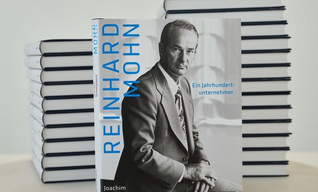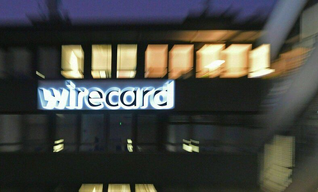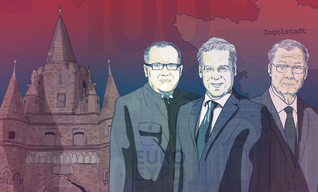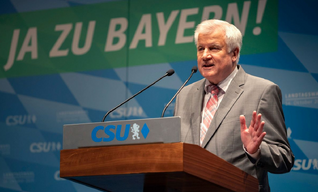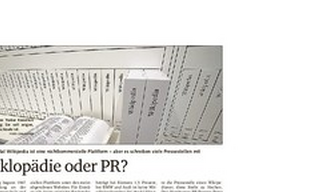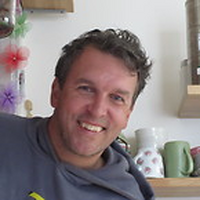
Thomas Schuler
-
Noch keine BeiträgeHier wird noch geschrieben ... bitte schaue bald nochmal vorbei

Thomas Schuler
-
gesellschaft
-
lokaljournalismus
-
medien
-
journalismus
-
digitale gesellschaft
-
recherche
-
aus- und fortbildung
Weitere Profile
Agentur Simon , abp.de , amazon.de , campus.de , christoph-links-verlag.de , cicero.de , de.wikipedia.org , fischerverlage.de , halem-verlag.de , halem-verlag.de , prorecherche-lehrredaktion.org , sueddeutsche.de , uni-bamberg.de , vocer.org , zeit.de
Fehler!
Leider konnte der Artikel nicht gefunden werden.
We can't find the internet
Attempting to reconnect
Something went wrong!
Hang in there while we get back on track

